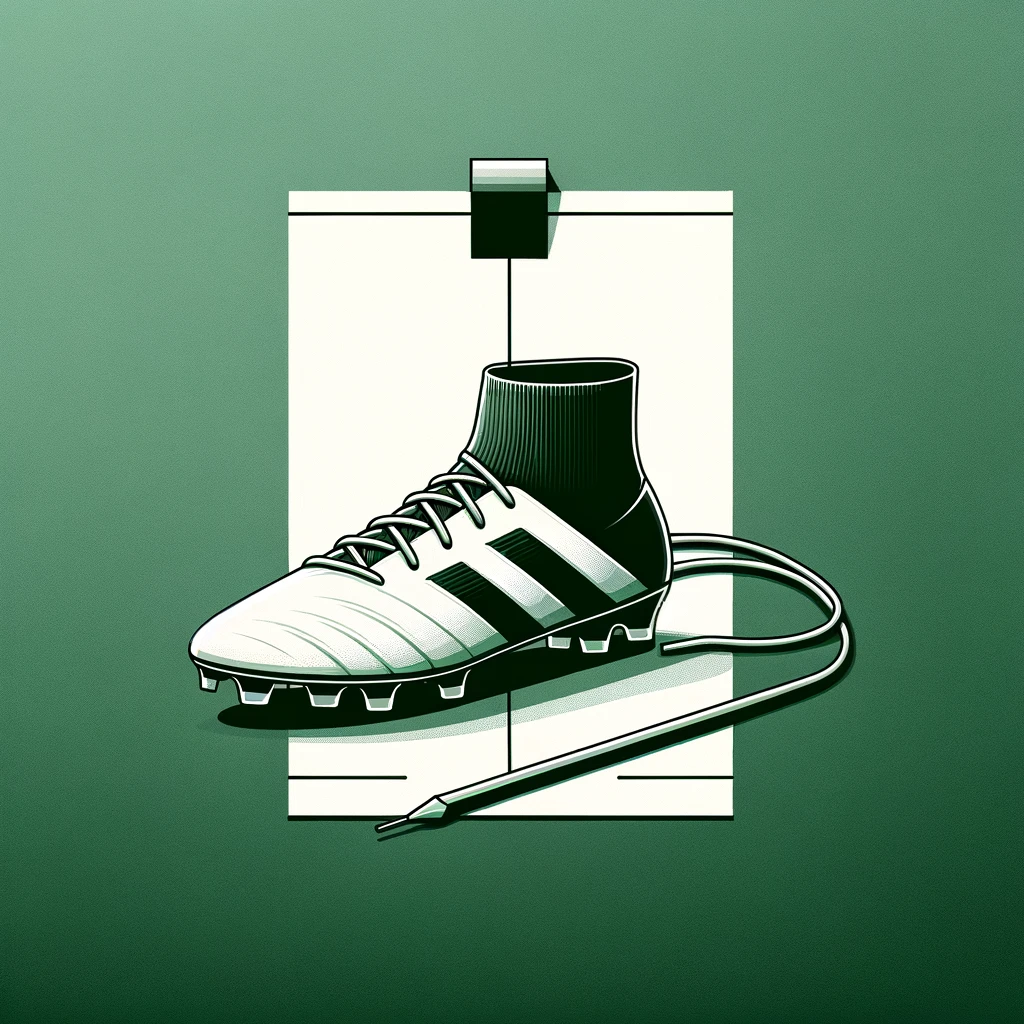Lacing soccer cleats correctly is essential for maximizing comfort, performance, and preventing foot injuries. This guide provides a comprehensive overview of how to lace your soccer cleats, including different lacing techniques tailored to your playing style and foot shape.
Introduction
The way you lace your soccer cleats can have a significant impact on your game. Proper lacing ensures a snug fit, enhances ball control, and reduces the risk of blisters and other foot injuries. Whether you’re a beginner or an experienced player, mastering the art of lacing can make a noticeable difference.
Choosing the Right Laces
Before diving into lacing techniques, it’s important to select the right laces for your cleats. Consider the following:
- Length: Laces should be long enough to allow for tight tying but not so long that they pose a tripping hazard.
- Material: Synthetic materials are durable and resist water and mud, maintaining their grip in all conditions.
- Width: Thin laces tend to stay tied longer and are less bulky, offering a cleaner look and feel.
Step-by-Step Lacing Guide
Standard Lacing Technique
- Start Even: Begin by running the lace straight across the bottom eyelets from the outside in, ensuring both lace ends are even.
- Crisscross Lacing: Alternate threading the laces over and under each set of eyelets until you reach the top.
- Tying Off: Tie a secure bow at the top, ensuring it’s tight enough to prevent slippage but not so tight as to cut off circulation.
Heel Lock Lacing Technique (for added ankle support)
- Follow the Standard Lacing Technique until the second-to-last eyelets.
- Instead of crossing over to the opposite side, thread the lace through the last eyelet on the same side, creating a loop.
- Cross the ends of the laces, threading each through the loop on the opposite side.
- Pull tight and tie off at the top.
Tips for Lacing Soccer Cleats
- Adjust for Comfort: Pay attention to areas of the foot that feel too tight or loose and adjust your lacing technique accordingly.
- Even Pressure: Ensure the laces apply even pressure across the foot to avoid discomfort or restricted blood flow.
- Double Knot: Consider a double knot to prevent laces from coming undone during play.
Frequently Asked Questions (FAQ)
What’s the Best Lace Length for Soccer Cleats?
The optimal lace length varies depending on the number of eyelets your cleats have, but typically, 36 to 45 inches is suitable for most soccer cleats. Measure your existing laces or consult the cleat manufacturer’s recommendations for the best fit.
Can the Way I Lace My Cleats Affect My Performance?
Yes, different lacing techniques can impact your comfort, foot stability, and control over the ball, thereby affecting your performance. Experiment with various lacing methods to find the one that offers the best combination of comfort and support.
How Often Should I Replace My Cleat Laces?
Replace your laces as soon as they show signs of wear, such as fraying or stretching, to prevent breakage during play. Keeping an extra pair in your bag is a good practice for emergencies.
Is It Better to Lace Cleats Tight or Loose?
Your cleats should be laced snugly to ensure a secure fit without restricting circulation. If you experience numbness or tingling, they may be too tight. Conversely, too loose, and you risk blisters and reduced ball control.
What Are the Benefits of Heel Lock Lacing?
Heel lock lacing secures your heel in place, reducing slippage that can lead to blisters. It also provides additional ankle support, making it ideal for players who need extra stability.
Can I Use Custom Laces for My Soccer Cleats?
Absolutely, custom laces can add a personal touch to your cleats. Just ensure they are the correct length and made from durable materials suitable for soccer.
What Should I Do if My Cleats Have an Odd Number of Eyelet Pairs?
For cleats with an odd number of eyelet pairs, you can start the crisscross lacing from the second set of eyelets or use a straight bar lacing method at the bottom before transitioning to crisscross lacing.
Conclusion
Lacing your soccer cleats properly is just as important as choosing the right pair. With the right technique, you can enhance your comfort, performance, and safety on the field. Experiment with different lacing methods to find the one that best suits your feet and playing style.
We hope you find this article helpful and invite you to check our blog for more!
